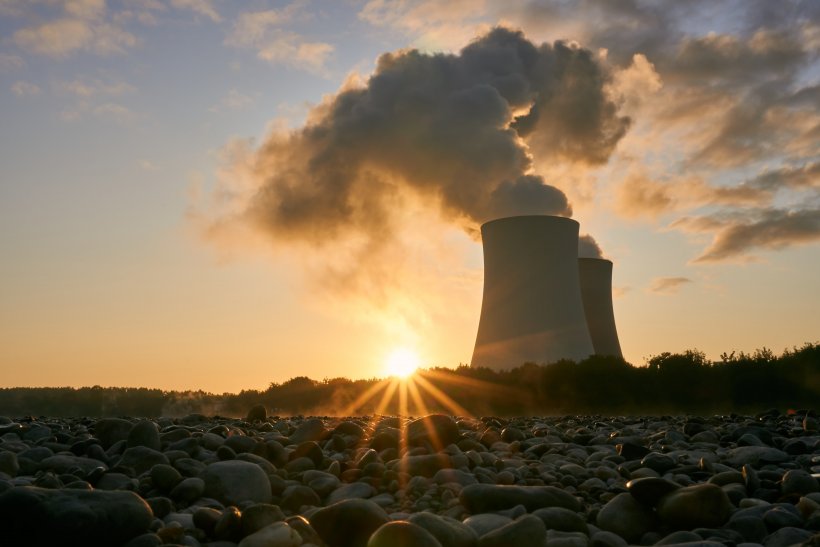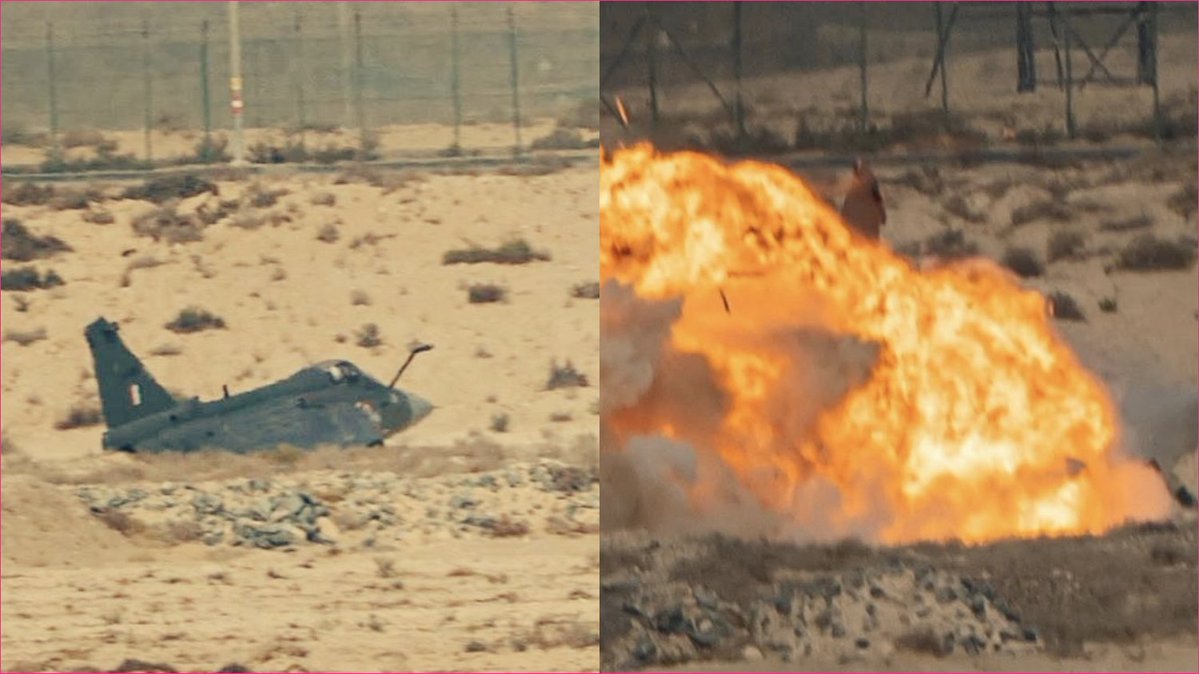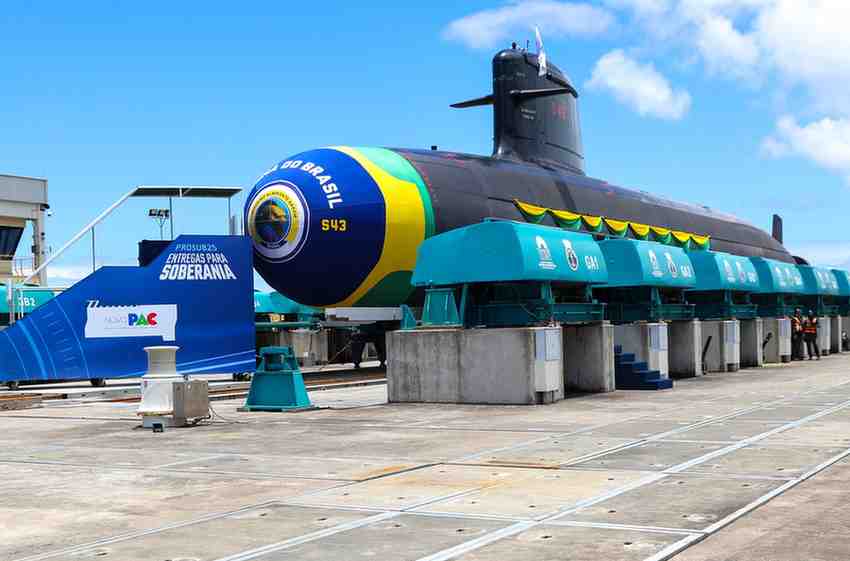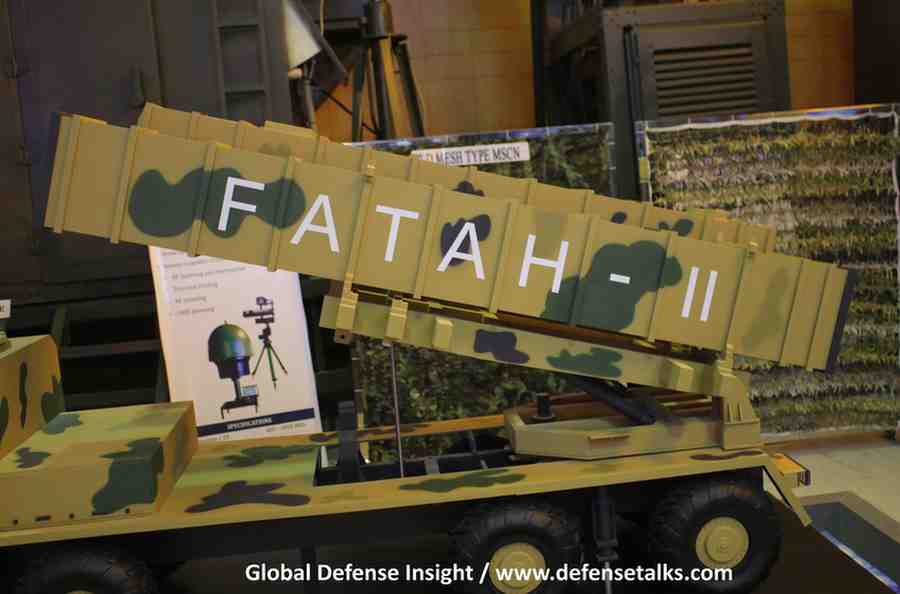India announced the successful testing of a nuclear device dubbed ‘Smiling Buddha’ on 18 May 1974, marking its entry as the sixth nation to detonate a fission device. This test coincided precisely with the fourth anniversary of the Nuclear Non-Proliferation Treaty (NPT), catching many nations off guard as they believed the era of horizontal nuclear proliferation had concluded. India’s action defied the established post-NPT nuclear order, shattering the belief among world powers that nuclear proliferation had been definitively addressed. Conducted in the Jaisalmer desert, 5 km from Loharki village, the eight-kiloton test left villagers reporting a litany of radiation-related illnesses in its wake.
Those residing near the test site were tragically labeled ‘martyrs’, with all forms of destruction, particularly human health impacts, deemed as acceptable sacrifices for what was perceived as the greater good. Nearly half a century later, the villages surrounding the Pokhran test range remain largely overlooked on the international stage. However, their inhabitants have formed a poignant community grappling daily with the shadow of radiation exposure, exacerbated by alarmingly high rates of cancer and genetic diseases. Despite this, governmental efforts to address their concerns have been woefully inadequate.
Experts warn of lingering groundwater contamination in Loharki and neighboring villages. Robert Jacobs, an associate professor at the Hiroshima Peace Institute, highlights the troubling prevalence of alpha-emitting particulate matter in areas surrounding India’s nuclear test sites. A leaked classified U.S. document from May 22, 1974, further confirms groundwater contamination following the Pokhran nuclear test, emphasizing the potential risks to both local groundwater and sweet water reservoirs.
India embarked on its second round of nuclear tests in 1998, known as ‘Operation Shakti’. The choice of an underground explosion site, merely 3 km from Khetolai, a village with approximately 5000 inhabitants near Pokhran, drew significant concern, particularly in light of the rising incidence of cancer-related deaths in Khetolai. The last general elections of 2019 were fraught with anxiety for Khetolai residents, with Prime Minister Modi’s rhetoric on India’s nuclear capabilities striking fear among locals. Zajmal Ram Bishnoi, a resident well aware of the fallout from nuclear explosions, aptly articulated the villagers’ desire for peace, highlighting the catastrophic consequences of nuclear conflict.
In western Rajasthan, the prevalence of leukemia prompted medical professionals to initiate studies investigating the potential link to the 1974 Pokhran nuclear test. R G Sharma and his team at Dr S N Medical College in Jodhpur conducted extensive research on malignancies, with findings published in September 1992 in the Indian Journal of Cancer. Following the initial 1974 test, Sharma and colleagues identified 2,662 new cases of cancer. The 2012 ‘GLOBOCAN’ survey by the World Health Organization (WHO) reported five lakh cancer-related deaths. Preliminary estimates suggest one in 2,500 citizens succumbs to cancer. In Khetolai, this estimate quadruples, with one in 500 individuals falling victim to cancer. The Department of Atomic Energy noted that 70% of health-related deaths linked to atomic energy hubs over the past two decades were due to cancer. Despite these alarming findings, no further research was pursued.
Across India, billions face the grim prospect of living under the shadow of unchecked nuclear ambitions. The nuclear establishment’s secrecy and lack of transparency regarding current and future nuclear projects have left citizens uninformed about security risks. India aims to derive a quarter of its energy from nuclear power by 2050, a plan criticized by hundreds of thousands who have protested against the expanding nuclear industry in places like Koodankulam, Jaitapur, and Gorakhpur. Since 2010, numbers of protestors have lost their lives in these demonstrations against the unchecked nuclear expansion. Additionally, reports indicate that radioactive waste from uranium mining in the country’s east is adversely affecting nearby communities, with thousands suffering due to poor technical and management practices.
Regrettably, India has at times treated its citizens as mere subjects of experimentation. There is growing concern that Indian scientists, advocating against signing the Comprehensive Nuclear-Test-Ban Treaty (CTBT), may lead the nation into another nuclear misadventure. The failure of the 1998 thermonuclear test underscores the risks associated with unchecked nuclear ambitions. Despite this, the Defence Research and Development Organisation (DRDO) has signaled approval for further nuclear tests. Under Prime Minister Modi’s leadership, India remains capable of engaging in reckless nuclear endeavors. The Hindu nationalist ideology of the BJP could exploit public ignorance on nuclear matters under the guise of national interests, perpetuating the cycle of radioactive folly.
Syed Zain Jaffery
- Syed Zain Jaffery#molongui-disabled-link












